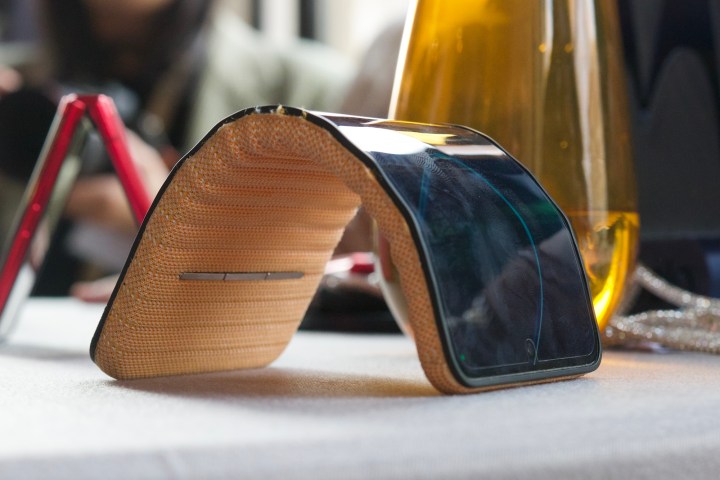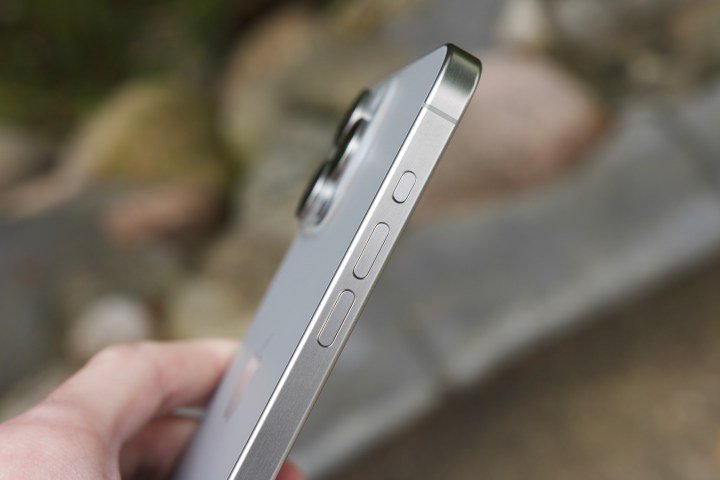It’s been a phenomenal year in phones, and competition has never been so fierce in every market segment. For the affordable bracket, the Google Pixel 8a was joined by the Nothing Phone 2a and OnePlus 12R, while the premium segment saw the launch of several excellent phones, like the Google Pixel 9 Pro, iPhone 16 Pro, Galaxy S24 Plus, and the OnePlus 12.
Then there are ultra-premium phones and foldables, two categories that Samsung has long dominated in the U.S. However, the company now faces more competition at home and abroad than ever. Samsung launched the Galaxy S24 Ultra in January, but it was the Galaxy Z Fold 6 that posed the biggest challenge. In the U.S., Google launched the fantastic Pixel 9 Pro Fold, while outside the U.S., Honor unveiled the Magic V3.
Dozens of phone makers are pushing the boundaries of smartphones in their current and future forms, and some of them have already shown us what future phones can be like. Here are five innovations that I want to see adopted widely this year that could change smartphones forever.
Silicon as standard

It’s time for a battery revolution, especially in the U.S. Companies like Honor and Oppo have adopted silicon-based battery technology, which offers up to 34% higher density. In other words, it allows us to get bigger batteries without compromising thickness, and they can still offer incredibly fast charging.
I’ve tested multiple phones with silicon-based technology — including one that I can’t talk about for a few weeks — and they represent a huge step toward a battery revolution. The Honor Magic V3 foldable is 4.3mm thin when unfolded, but still has a 5,150mAh silicon-carbon battery. The battery life is excellent, and it usually lasts longer than the Pixel 9 Pro Fold or Galaxy Z Fold 6.
Silicon-based batteries also support fast charging; the Magic V3 supports 66-watt wired charging, the Oppo Find X8 Pro supports 80W, and the phone I can’t talk about supports even faster charging. All of these also support 50W wireless charging. Each of these manufacturers already offered charging speeds similar to those of previous battery technology. I’m hopeful that other companies adopting silicon in their batteries follow the mold of superfast charging.
Trifolding or rollable screens

One of my biggest highlights of 2024 is the Huawei Mate XT. We’ve seen a trifolding phone (aka, a foldable phone with a display that folds into three) concept before, and Samsung even showed us a prototype, but Huawei beat everyone to market. The Mate XT is geeky and glorious, but it’s not widely available.
Where one phone maker goes, others usually follow, and I’m hoping that we will see the foldable category evolve this year. It’s been six years of the current format of foldables, but the form factor hasn’t yet been perfected.

A phone display that becomes iPad mini size is one thing, but a phone display that can unfold to become a 10-inch tablet is entirely another. Speaking to non-techie people I know throughout the year, it feels like the trifold and rollable categories could pose the answer they seek.
I hope we’ll see each of these form factors evolve this year, but I do suspect that we’ll be much closer to understanding the ideal foldable form factor by the end of the year.
Make AI more personal

I’m a fan of Apple Intelligence for one key reason: generative AI doesn’t provide as much daily utilitarian value to me as Apple’s more personal approach. In particular, Notification Summaries is an excellent feature that has transformed how I manage my life.
Unfortunately, most AI features focus on creativity, not productivity. Generative AI creates the most buzz for a short moment, but eventually loses its transformative value in our daily lives. Instead of being a must-have, it becomes a gimmick. This won’t enable long-term commitment to using AI, and as more companies use the term to describe any form of intelligence, the stock placed in AI by end users will diminish.
The answer is pretty simple: AI must also focus on solving more everyday problems. Think personal assistant, not intelligent robot. Apple Intelligence takes some steps toward this, but phone makers need to showcase a killer use case for AI this year so that customers can truly buy into it. Don’t just focus on creative tasks; give us the intelligent parts as well.
A revolution of the Ultra

Phone naming conventions are different for each manufacturer, but there’s also an accepted industry standard that every phone maker roughly follows. For years, there was one flagship, and then we entered the era of the Plus, the Pro, and the Pro Max.
We’re also firmly in the era of the Ultra, but phone makers are already making a key mistake. Instead of a true Ultra that pushes the boundaries in every way, current Ultra phones mostly feature a secondary telephoto camera. The Galaxy S24 Ultra tries to go further with a different design and the included S-Pen, but all Ultra phones follow the same basic philosophy.
I hope the Ultra lineups will evolve in 2025, especially as more Ultra phones are launched and companies aim to differentiate themselves. Bigger batteries, faster charging, new experiences, a rollable display, a fourth camera, etc. — something to ensure the Ultra standard keeps growing.
More buttons for all

It’s funny how certain features go in and out of style. Camera buttons were a hallmark of the early experience with most feature phone cameras, but they quickly went out of fashion. Sony has long offered a camera button on its smartphones, but everyone else ditched it — until September 2024. The iPhone 16 series saw Apple bring back a dedicated camera button, and Oppo soon followed with the Find X8 series.
Those two phones are the two phones I use daily, and it’s taken just three months for the camera button to be commonplace in my workflow. Crucially, it means I can reprogram the power button or the Action Button to perform another task instead. Of course, I can pair the iPhone with the Clicks Keyboard and get dozens of shortcuts, but I don’t use that feature all the time.

The Find X8 series adopts the camera button in a simpler way than the iPhone, focusing on launching the camera and zooming in or out. Apple also uses the Camera Control button to switch between modes, and iOS 18.2 added Visual Intelligence functionality as well.
Vision and AI are a big part of the future, and easy access to your smartphone camera will be part of that. If we’re going to adopt camera buttons, however, it needs to be more than a simple camera button. Let me swipe through camera modes or launch Gemini Live with one button.
Apple also proved with the Action Button that adding a programmable button is a good thing, and I hope that more phone makers will offer a similar feature as well. Rather than dispose of physical buttons, I’d love to see phone makers offer additional ways to launch shortcuts and access features.
The phones to watch out for in 2025

With a new year upon us, one thing is clear: the fight is on. Samsung is the industry leader, but everyone is hot on its tail. Google proved that it’s finally taking smartphones seriously; the result is Google’s best-ever phone lineup and one that converted me into liking Pixel phones. What will this year’s Google Pixel 10 series bring?
In the U.S., there’s also OnePlus, which has proven that it can make excellent smartphones over the past 18 months. The OnePlus Open is still one of the best folding phones on the market after its launch last year. Will 2025 bring us the next generation of OnePlus and Oppo foldable phones? The Oppo Find X8 Pro is my Android phone of choice right now, so how will the OnePlus 13 fare when it launches in two weeks?
Of course, the big elephant in the room is Apple. AI is everywhere, and so is Apple Intelligence, but it isn’t fully available yet. A rollout of features over nine months means a lot of opportunities for a positive user experience, but the company made a lot of bold promises around the Apple Intelligence features. I can’t wait to see what WWDC and the iPhone 17 series bring — and that includes the rumored iPhone 17 Slim.
Join us next week as we descend upon Las Vegas for CES 2025. Happy New Year!